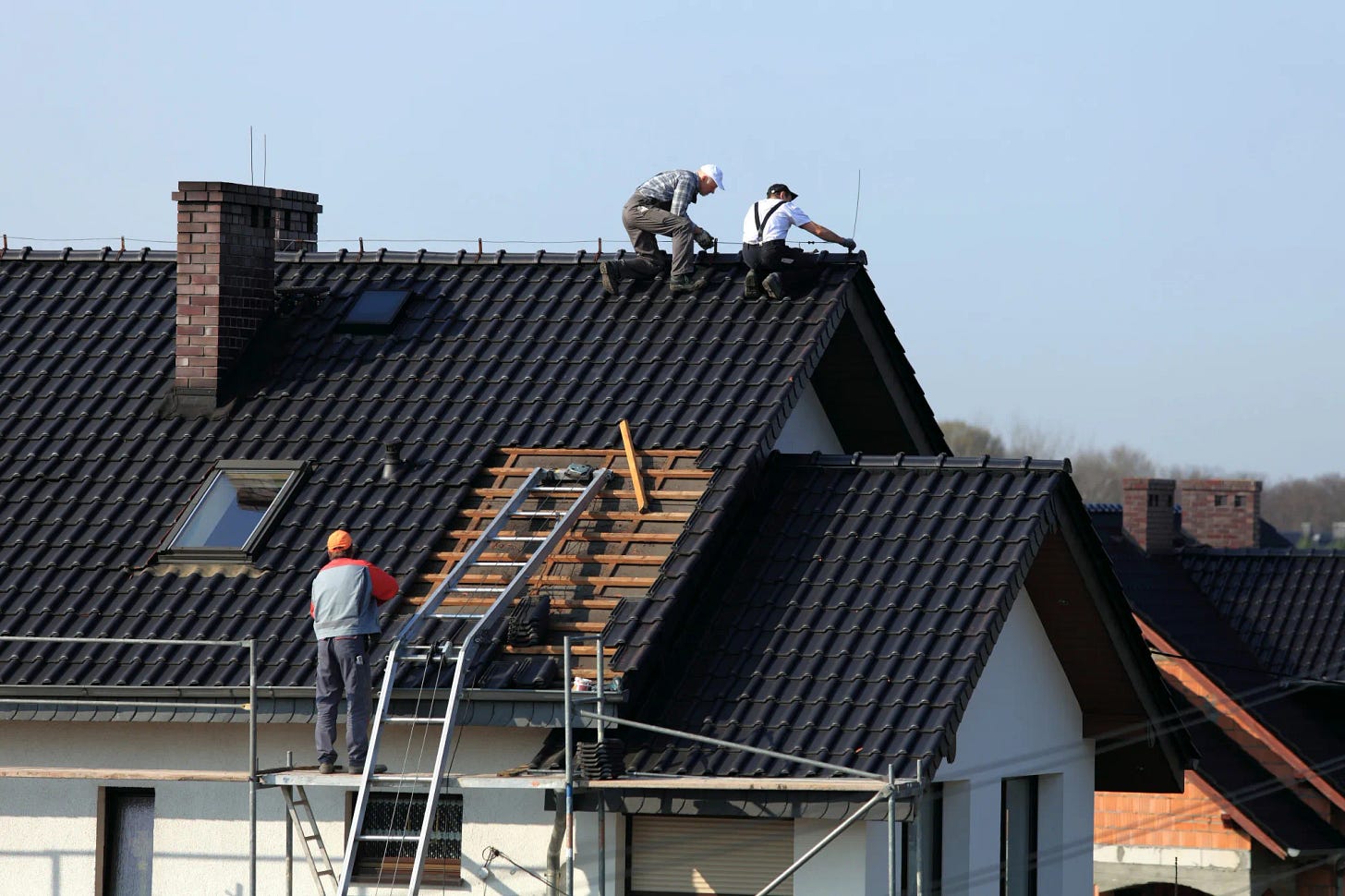Protecting Your Home from Hail and Storm Damage
When a storm rolls through, it doesn’t just make noise—it can leave behind serious consequences. Hail and storm damage is one of the leading causes of roof problems for homeowners. From cracked shingles to invisible structural issues, hail can shorten your roof’s lifespan and compromise its ability to protect your home.
Unfortunately, many homeowners don’t notice roof damage until it turns into a leak or mold problem. That’s why it’s essential to know what to look for after every major storm.
Kennesaw, GA: A High-Risk Area for Roof Damage
Homeowners in Kennesaw, GA are no strangers to unpredictable weather. Spring and summer often bring severe thunderstorms and hail, making roof inspections a crucial part of home maintenance in the region.
Even small hailstones—under an inch in diameter—can cause damage depending on wind speed and roofing material. If you live in Kennesaw and your area has recently experienced a hailstorm, it’s important to take action quickly before minor issues become major repairs.
Common Signs of Hail Damage on Your Roof
1. Dented or Bruised Shingles
Hail can leave dark spots or bruises where the granules on shingles have been knocked away. This weakens the shingle and exposes the underlying layer to UV rays and water infiltration.
2. Cracked or Broken Shingles
In more severe cases, shingles can crack or break entirely. This creates direct openings for water to seep into your roof deck and attic.
3. Missing Granules
Look for areas on your roof or in your gutters where shingle granules have collected. Granule loss accelerates aging and reduces waterproofing.
4. Exposed Roof Felt
If hail is strong enough, it may expose the felt layer beneath your shingles. This is a clear sign that your roof’s protective barrier has been compromised.
5. Dented Flashing and Gutters
Hail doesn’t just hit shingles. Check your flashing, vents, skylights, and gutters for dents. These are often telltale signs of hail impact.
Why You Shouldn’t Wait to Address Roof Damage
Ignoring hail damage can lead to:
Leaks and water damage
Mold and mildew growth
Increased energy bills due to insulation issues
Voided warranties or denied insurance claims
The longer you wait, the worse (and more expensive) the problem can become. After any major storm, schedule an inspection—even if there’s no visible leak.
Professional Inspections and Local Expertise Matter
A visual check from the ground isn't enough. You need a trained professional who knows what subtle signs to look for and can safely assess the entire roof. Reputable local companies, like Certified Roofing Solutions Inc, offer thorough post-storm inspections and honest assessments, helping homeowners make informed decisions about repair or replacement.
Their understanding of local weather patterns, building codes, and insurance processes makes them a trusted partner when storms strike.
What to Do After a Hailstorm
Document the Storm—Take photos of hailstones, timestamps, and any visible damage.
Inspect Surroundings—Look at cars, fences, and plants for signs of hail impact.
Check the Attic—Look for signs of moisture, stains, or daylight coming through the roof.
Schedule a Roof Inspection—Contact a licensed roofer ASAP for a professional evaluation.
Call Your Insurance Company— If there's damage, file a claim promptly with all your evidence ready.
Final Thoughts
Hail can be deceptive—sometimes causing serious roof damage that isn’t immediately obvious. If you live in a hail-prone area like Kennesaw, GA, staying proactive with inspections and repairs can save you from bigger problems (and bills) down the road.
Don't wait for a leak to show up. After every major storm, have your roof checked by a reliable local expert. The right guidance can mean the difference between a quick repair and a costly replacement.
FAQs
1. Can small hail really damage my roof?
Yes. Even small hail can loosen granules or create hairline cracks, especially if your roof is older.
2. How soon after a storm should I inspect my roof?
Ideally within 24–48 hours. The sooner you catch damage, the easier and cheaper it is to fix—and it supports your insurance claim.
3. Will homeowners insurance cover hail damage?
Most policies do, but coverage can vary. It’s best to document the damage thoroughly and call your provider as soon as possible.
4. What does hail damage look like on metal roofs?
You may see dents or pings in the metal surface or loosened seams. Though metal roofs hold up well, severe hail can still cause damage.
5. Can I inspect my own roof after a storm?
You can do a visual check from the ground, but it’s best to hire a professional for a full inspection to avoid missing hidden issues or risking injury.



